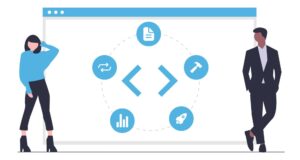The data scientist role is now at the center of new possibilities in the realm of AI and machine learning, data analytics, and more.
The term data science pertains to how data is collected, processed, analysed and manipulated to derive useful functions and statistics.
It is a popular term that has fast become an attractive skill for software engineers to obtain.
The epic growth of Machine Learning and the huge amounts of data that are needed to train effective Machine Learning applications are also contributing to data scientist demand.
Now is undeniably a great time for data science. In this article, we’ll be focusing on and comparing the best data science programming languages.
Read on to see which languages we deem valuable that you can be adding to your repertoire.
Table of Contents
Understanding Demand for Data Scientists
The demand for data scientists, and applications pertaining to the role, have been growing for a number of years with no sign of weakening in 2021. There are a number of factors attributed to this growth:
- Data centers and cloud platforms are now capable of storing huge amounts of data on a global scale.
- Billions of smartphones are now generating large amounts of data that in-turn are uploaded to various cloud services and business analytics firms to derive numerous insights.
- An increasing reliance on Deep Learning. Custom ML (Machine Learning) chips capable of processing trillions of operations a second now exist inside iPhones and Google Pixel phones.
Industry trends are further strengthening data science prospects
Data is a necessity of many modern software applications, online advertising, and tailoring content for different groups of demographics. There are some notable industry trends that any aspiring data scientist should be aware of:
- Software engineers are in high demand with over 80% of companies hiring for software engineering – with data scientists occupying a large portion of that demand. Source: Global Software Outsourcing Trends 2021-222 by Accelerenace.
- The data scientist role is the 2nd-highest paying role for a software engineer, with an average international salary (outside the US) of $55,695. This role is more lucrative than those of software developer, app developer, front end and back developer. Source: The 2021 CodinGame developer survey 2021.
Data scientists are often specialists in multiple programming languages (more on those further down), and as a result are enjoying a market that has huge demand for software engineers, with not a lot of supply.
Data Science Programming Languages
So what are the top programming languages for data science you should be aware of in 2021, and which skills would put you at a competitive advantage for your data science career path? Let’s find out.
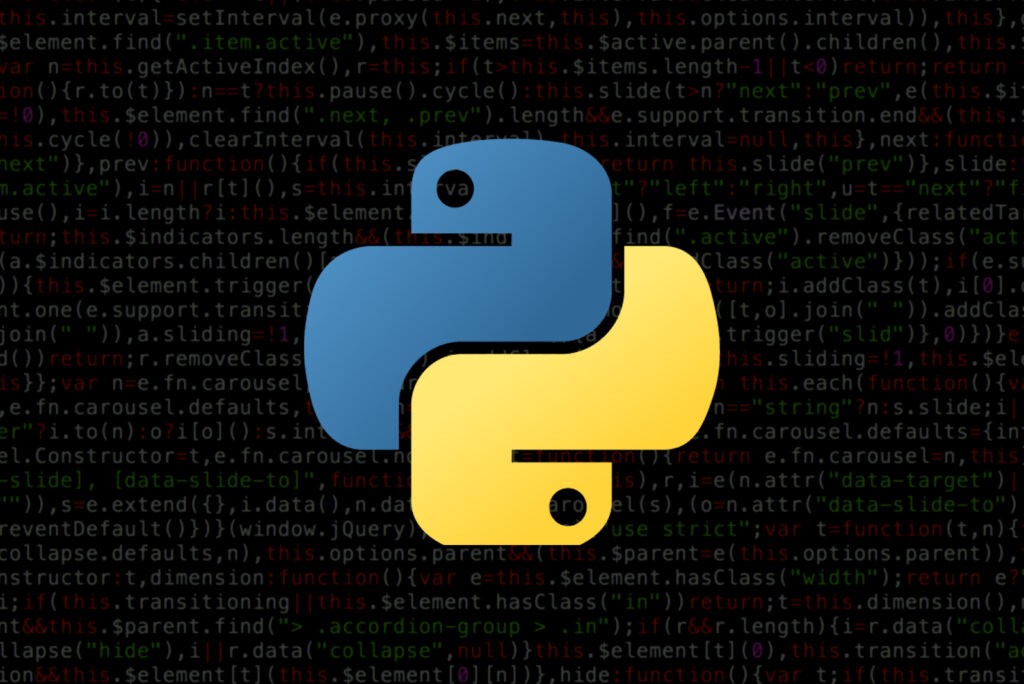
Python
Python is now the 3rd most popular amid all programming languages according to Stack Overflow’s 2021 developer survey. However, it is the most popular data science programming language.
Part of what has made Python so popular is the adoption in the data science community, now standing at around 10.1 million developers. Python has a well supported ecosystem of industry standard tools to carry out common data science tasks.
Python packages and frameworks specific to data science can be categorised into the following 4 main categories:
Data Mining
On the data mining side, the Scrapy web crawler used alongside Beautiful Soup (a package for HTML data extraction) is a common combo; they are battle-tested and reliable packages that have been around prior to Python 3.
Data Processing
NumPy is the foundational Python package for scientific computing. It is used with a multitude of frameworks and packages to compute efficient numerical operations, and is widely used in data science.
Other critical processing tools at the data processing level include: Scikit Learn, a library designed for predictive analysis of Machine Learning models.
Deep Learning
Modelling and Machine Learning is well supported in Python with the Tensorflow, PyTorch and Keras frameworks being the most popular choices for data scientists today. Common use cases of such libraries include predictive models, natural language processing and reinforcement learning applications.
PyTorch has grown in popularity in academia with its simplified API, that is most suited for research and learning purposes.
Tensorflow on the other hand is optimised for production deployments with better multi-platform support and a more complex API that covers more edge cases.
Data Visualisation
Python also hosts visualisation tools that are used throughout industry and academia. As a data scientist, the following packages are often used day-to-day:
- Matplotlib: A collection of graph plotting utilities for statistical analysis.
- Pandas: A fast tool for tasks involving data analysis, that supports a range of data types and formats, suited for numerical analysis on structured data.
- SciPy: A tailored statistical analysis package that bundles NumPy, Matplotlib and Pandas, as well as other tools to create an ecosystem of tools for mathematics, science and engineering.
These tools are designed to handle high volume data sets, accommodating big data use cases.
Python also offers great support for database management systems, both relational databases (SQL, etc) and non-relational databases (MongoDB, etc.), giving it an edge in data collection, data management and other data fetching tasks.
Read more about how Python is used in data science and in other industries in our accompanying piece: What is Python Used For.
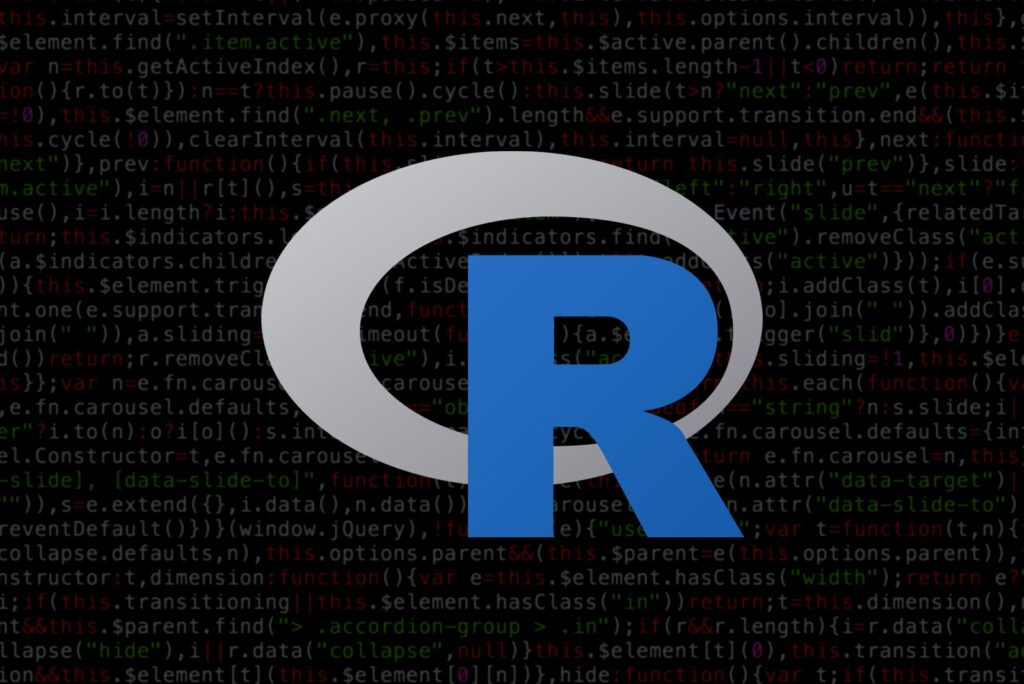
R Programming Language
The R programming language was conceived and designed by data scientists and mathematicians, and is naturally a very effective data science programming language as a result.
The language is open source and comes with support for multiple platforms. With a focus on mathematical and statistical computing and graphics for data visualization, R comes with a range of tools that match many of Python’s offerings.
Before Python rose to prominence in the field, R was the go-to programming language for data scientists, encompassing tasks that include data processing, artificial intelligence and deep learning techniques.
In terms of tools you should be familiar with as a data scientist, consult R’s CRAN archive, the public R package archive consisting of a large collection of tools and utilities that can be installed and imported into an R project. Some of those notable tools are:
- Dplyr: Used for data manipulation in R, allowing you to filter and arrange data entries, manipulate data and obtain statistics from that data.
- Ggplot2: A popular data visualization tool for R. The declarative syntax allows the engineer to define how to display the data, along with the relationships of that data.
- Shiny: A popular library for building interactive web apps. R is indeed capable of web development, suited for apps that require rich interactive dashboards.
- Lubridate: A widely used R package that facilitates working with dates and times, timezones, as well as performing mathematical operations on dates and times.
- RCrawler: The web crawler for R that enables web content scraping.
The full list of the CRAN archive can be found here, a collection that is far too large to document in its entirety.
Is Python or R better for data science?
R is a highly expressive language, and as such can lead to challenges reading and understanding APIs or complex blocks of syntax like algorithm implementations.
R is performant enough for most data science applications (including the ones already mentioned), although Python is a faster programming language.
Many of Python’s popular packages are actually C bindings wrapped in a Python API, allowing efficient computations in packages like NumPy, and frameworks like Tensorflow.
In terms of readability, Python also is the clear winner between the two programming languages with its read-like-english syntax.
Although Python is far more adopted at this time, R is still popular in academia amongst researchers in the field.
Should I learn R or Python for data science?
Python is the primary data science language for the majority of software engineers, and contains the largest library of tools and utilities.
It is much more likely that you will be working with Python in industry, and is therefore more suited as a primary language.
If you are already aware that R is being used in a potential employment opportunity or project you are interested in, then it goes without saying that R should be learned alongside Python.
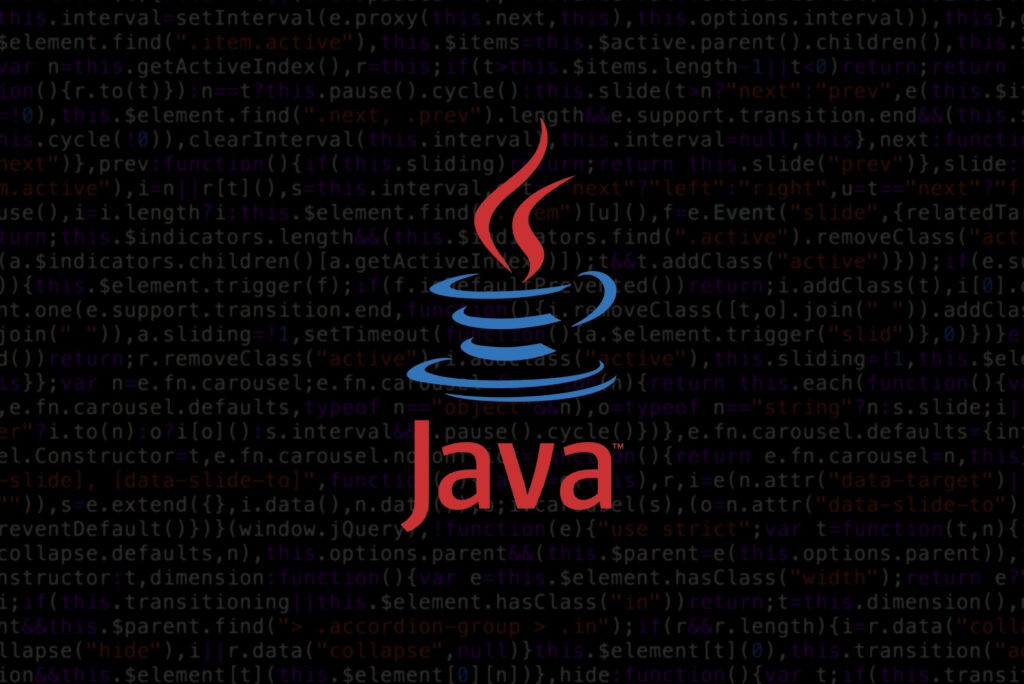
Java
Java still maintains a strong position as the 5th most popular programming language, with Python being its only competition for data science applications amongst the 4 languages ranked above it.
Java itself hosts capable libraries for common data science tasks, such as ND4J (N dimensional array objects) for linear algebra, with NumPy and MATLAB built-in, Hadoop for distributed processing of large data sets across clusters of computers, and the open source deep learning library Deeplearning4J.
Java is a well suited programming language for data science tasks due to two major factors:
- Its capability of running on a range of platforms at high speed.
- Its ability to scale via distributed computing, with large data sets that exist among clusters of servers.
Although Java is on a downward trajectory in terms of popularity, it is still a widely used programming language in general, especially amongst the corporate sector for a range of critical business operations – with data science being a part of that mix.
It is likely that the data scientist will need to know Java for finance and business analytics that rely on big data applications to generate insights, generate projections and analyse customer data in real-time.
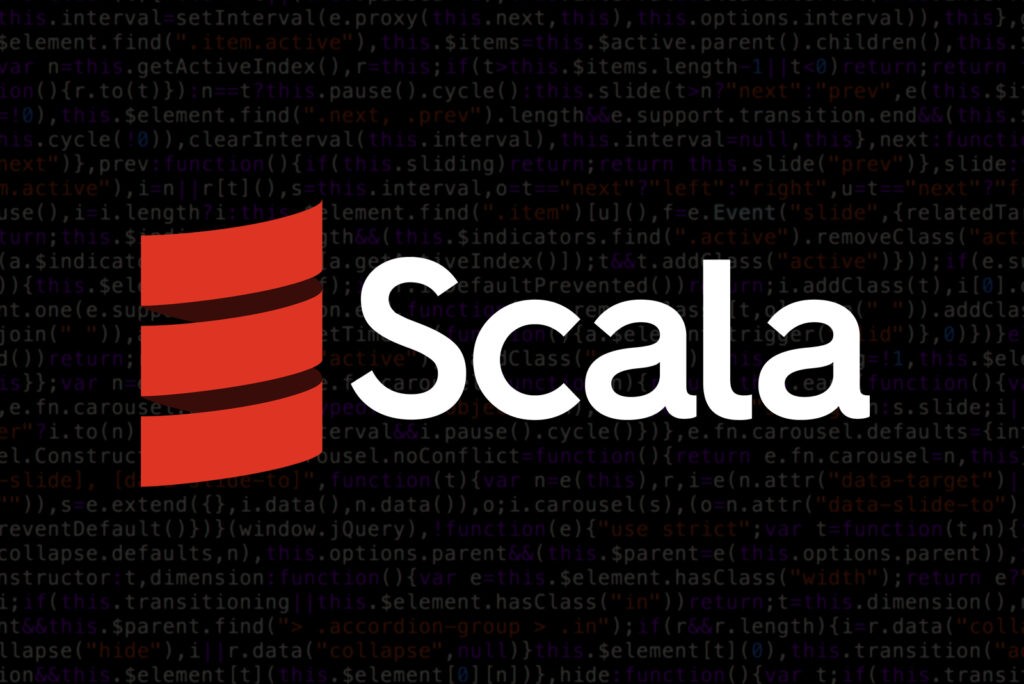
Scala
Scala continues to offer more for the Java ecosystem. Although Scala sits at position 26 in the popular technologies list, it is still an attractive proposition for aspiring data scientists, for a few reasons:
- Scala code runs alongside Java code on the Java Virtual Machine (JVM). For the engineer who is already trained in Java, Scala libraries will be easy to pick up.
- Scala was designed to address some longstanding issues with Java, with memory safety fixes and simplified syntax amongst its perceived improvements.
- With the trend of on-device data handling being applied to smartphones, Scala may be required for data scientists working on mobile applications, too.
What gives Scala the edge in data science is its integration with Apache Spark – a powerful data analytics engine that is commonly used in big data applications that require handling of high volume data.
Spark is written in Scala, although it is not required in order to use Spark; it can also be interacted with from the Python, R, and SQL (Structured Query Language) shells.

Other Data Science Programming Languages
There are some notable programming languages that should also be considered for data science applications, either as a result of popularity or as an upcoming programming language that is quickly gaining adoption momentum.
Julia
Julia is a high level data science programming language that has been developed for numerical analysis and efficient data science applications.
Its efficiency is on par with Go and Rust, and beats Java, JavaScript and R at a range of common operations. Julia is an open source project with multi-platform support, and is actively maintained with over 1,000 contributors.
The Julia code examples highlight the simplicity of the syntax. Julia feels natural as a functional programming language, but is also considered an object oriented programming language.
Julia offers a range of features that are very well suited for data heavy applications, including:
- Its own package manager named Pkg.
- Asynchronous IO support offering concurrent and synchronized processing.
- Profiling, debugging and logging tools for analysing data processes.
JavaScript for Data Science
JavaScript is a high level language that lays the foundations for popular web libraries used today, both on the front end and server side.
React.js, Vue.js and others offer a modern state-based approach to web app development, bringing more modularity and control to user interface creation tasks in the browser.
JavaScript brings graphing and front end machine learning applications to the web browser, and also brings libraries like Tensorflow.js to the back end via Node.js.
The standout application for JavaScript is the ability to create rich dashboards in the web browser with standards including HTML5, CSS3 and SVGs.
Interactive web pages can bring detailed graphs to anyone over the internet, and that is powerful when it comes to communicating insights derived from big data.
MatLab and Octave
MatLab is a closed-source language that is heavily used in academia. It is solely focused on mathematical operations, data analysis, and modelling tasks, and therefore not as general purpose as some of the other languages we have discussed.
As a data scientist in an educational setting, you will likely either use Matlab or the open source alternative Octave at some stage in your curriculum.
Both Octave and MatLab are languages exclusively for data science, each offering very similar functionality. It is rather simple to migrate a program from one platform to the other, albeit with some function name differences.
What about C and C++?
C and C++ do play a role in data science and can be considered programming languages for data science, often for low level implementations of numerical operations that higher level programming languages wrap around.
This is a common practice in languages like Python as an attempt to speed up computation of common operations, without having to rely on a slow interpreter.
Consider C and C++ for data science if you are interested in engineering functions at a low level.
Low level engineering closer to the hardware is commonly required to optimise numerical operations to make programs as efficient as possible, and this is very common in the realm of data science where applications often require a huge number of operations, on a lot of data.
TensorFlow is a good example where this is the case, with around 60% of the codebase written in C++ for the Python implementation.
In Summary
This sums up our breakdown of the top data science programming languages of 2021.
Python is currently the best programming language to learn for a data science career, sitting at the top of the several programming languages we’ve discussed. Python offers the most potential for employment with its vast ecosystem of libraries and industry adoption.
Java and R are also strong programming languages for data science, offering a suit of tools to carry out common data analysis tasks.
Julia takes a big step forward for efficiency while maintaining simple syntax that Python developers enjoy, making it a somewhat fresh offering focused primarily on the data science use case.
Ultimately, data science is not a discipline of a single programming language, but a range of languages that continue to evolve.
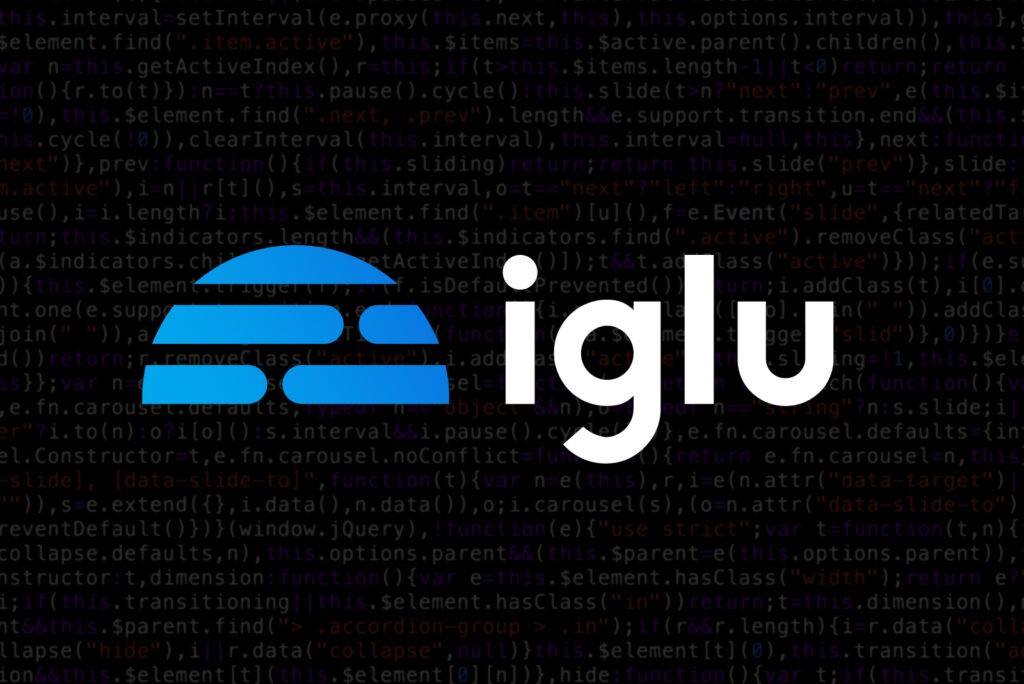
Outsource Software Engineering with Iglu
With over 10 years of experience in the industry, Iglu has a track record of attracting talented data science specialists from all over the world. Our Enterprise-grade employees range from senior talents with decades of experience to junior employees for more affordable solutions.
Not only are we experts with the mainstream tech stacks, but we also have specialists in some of the most exotic programming languages.
See our comprehensive list of services for more information and we will look forward to working with you.




